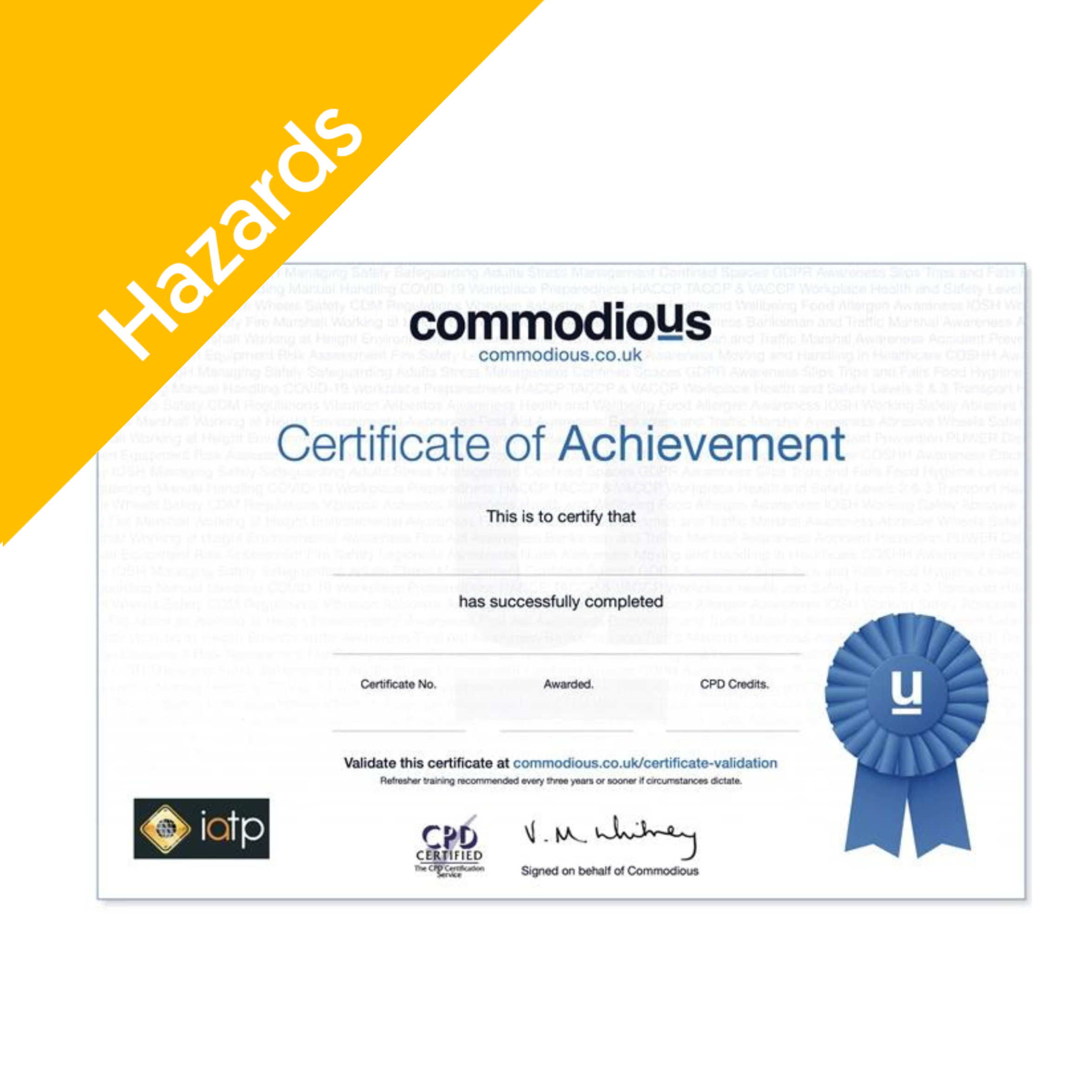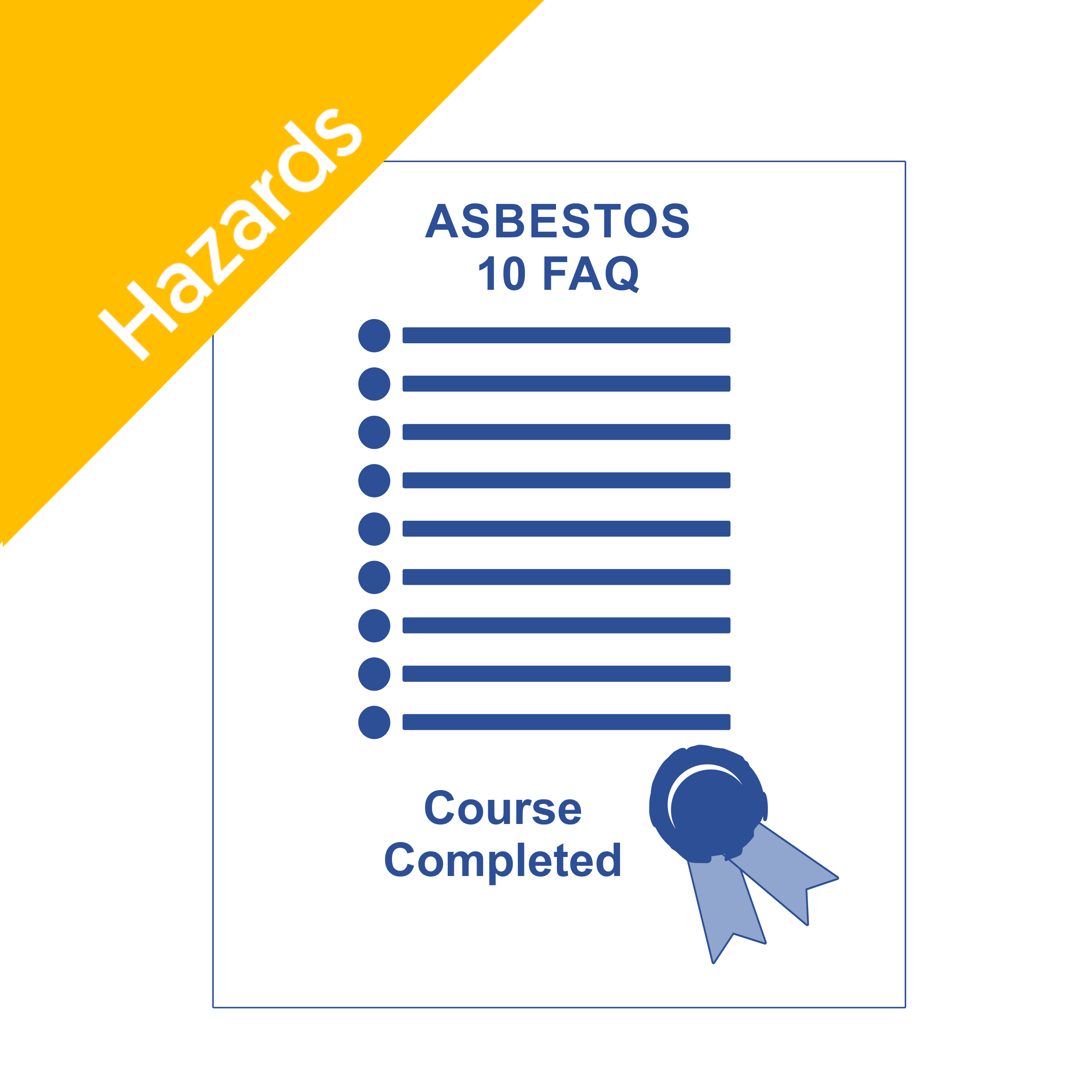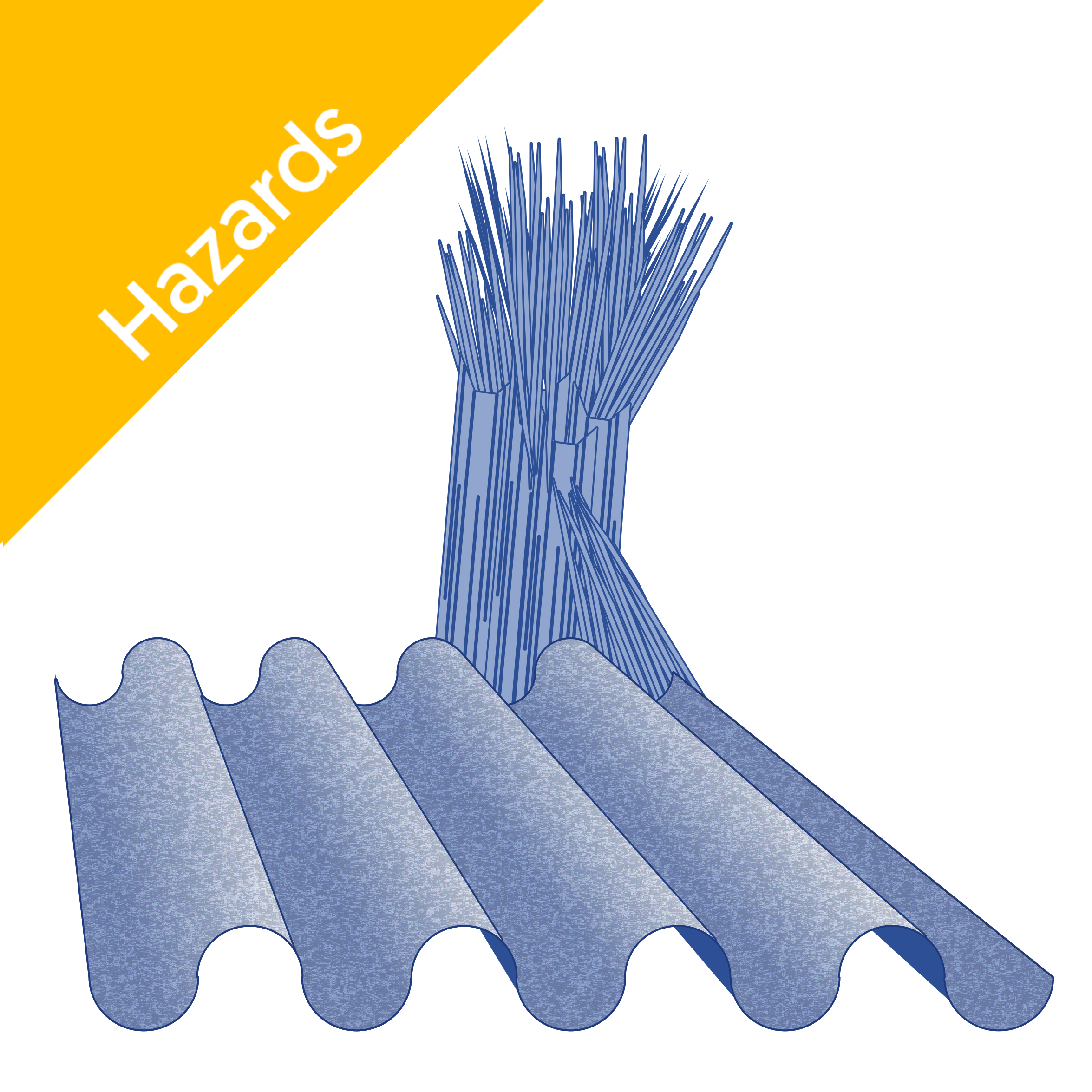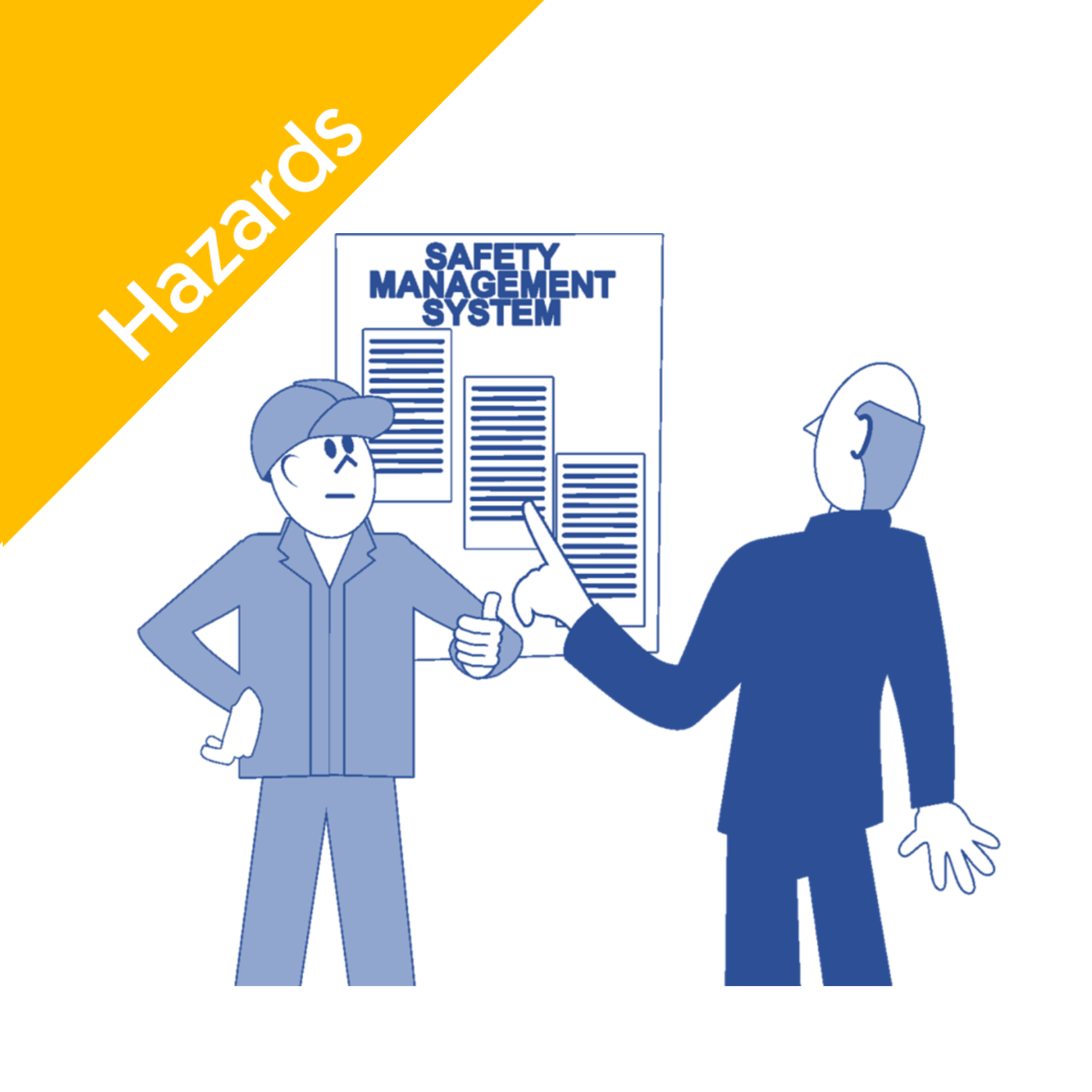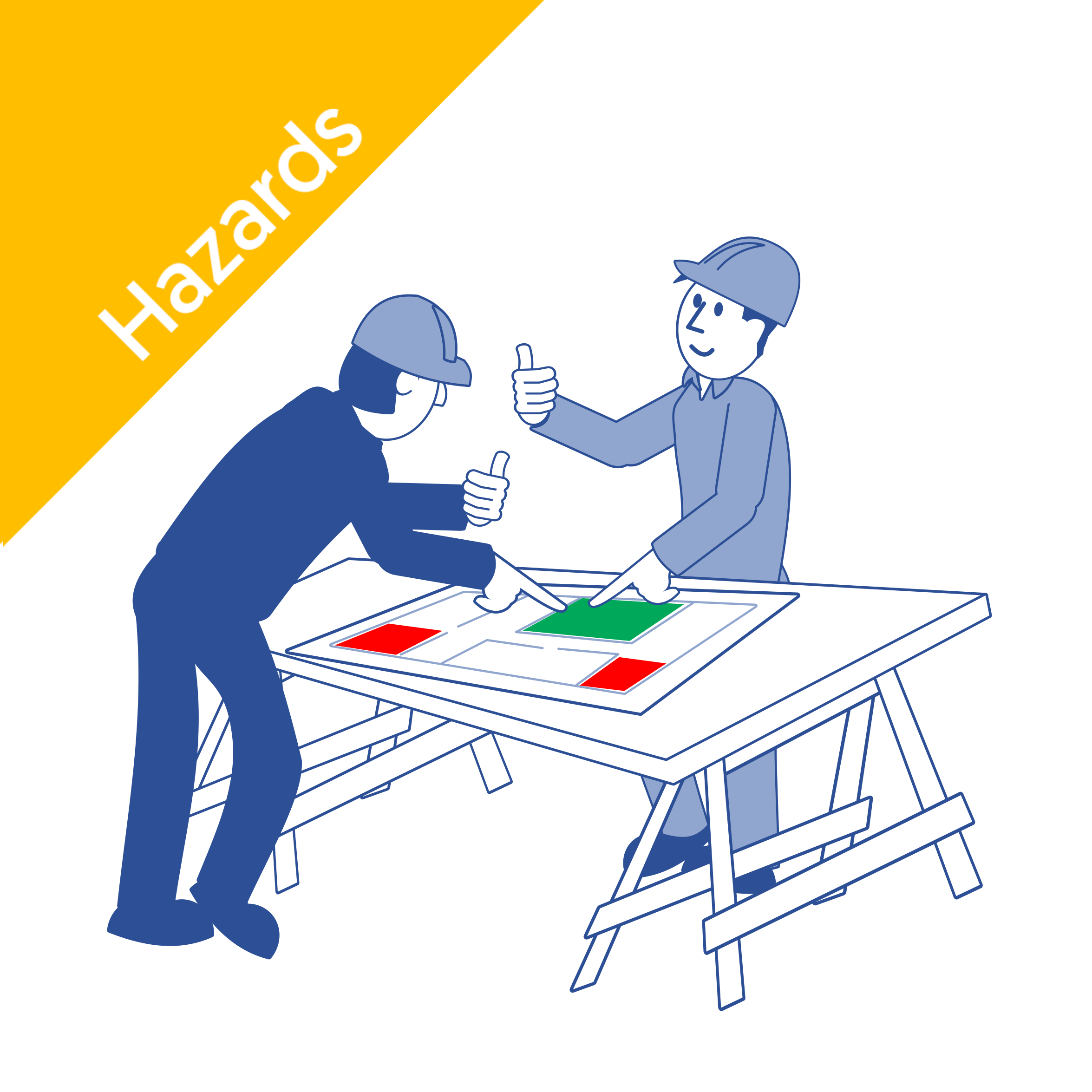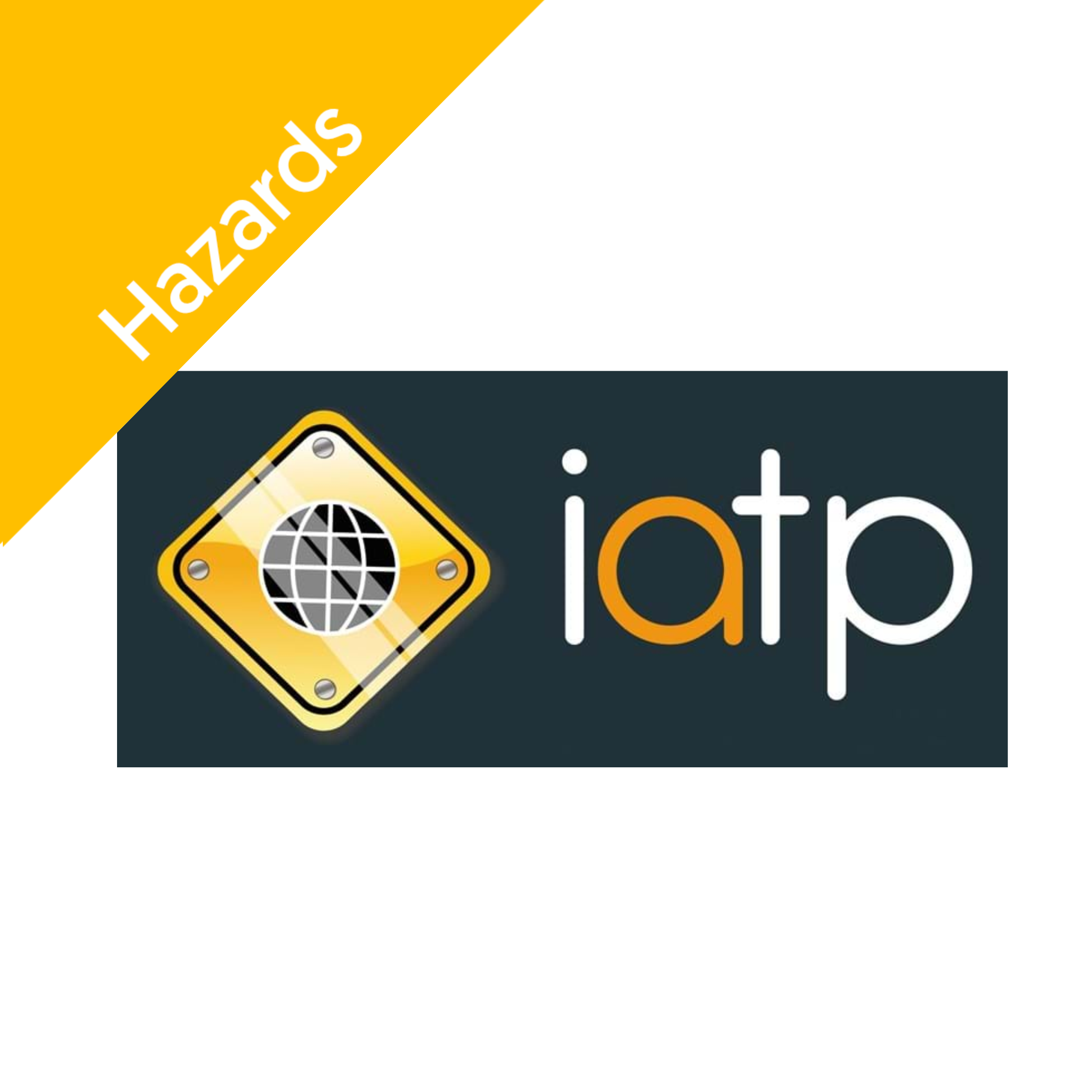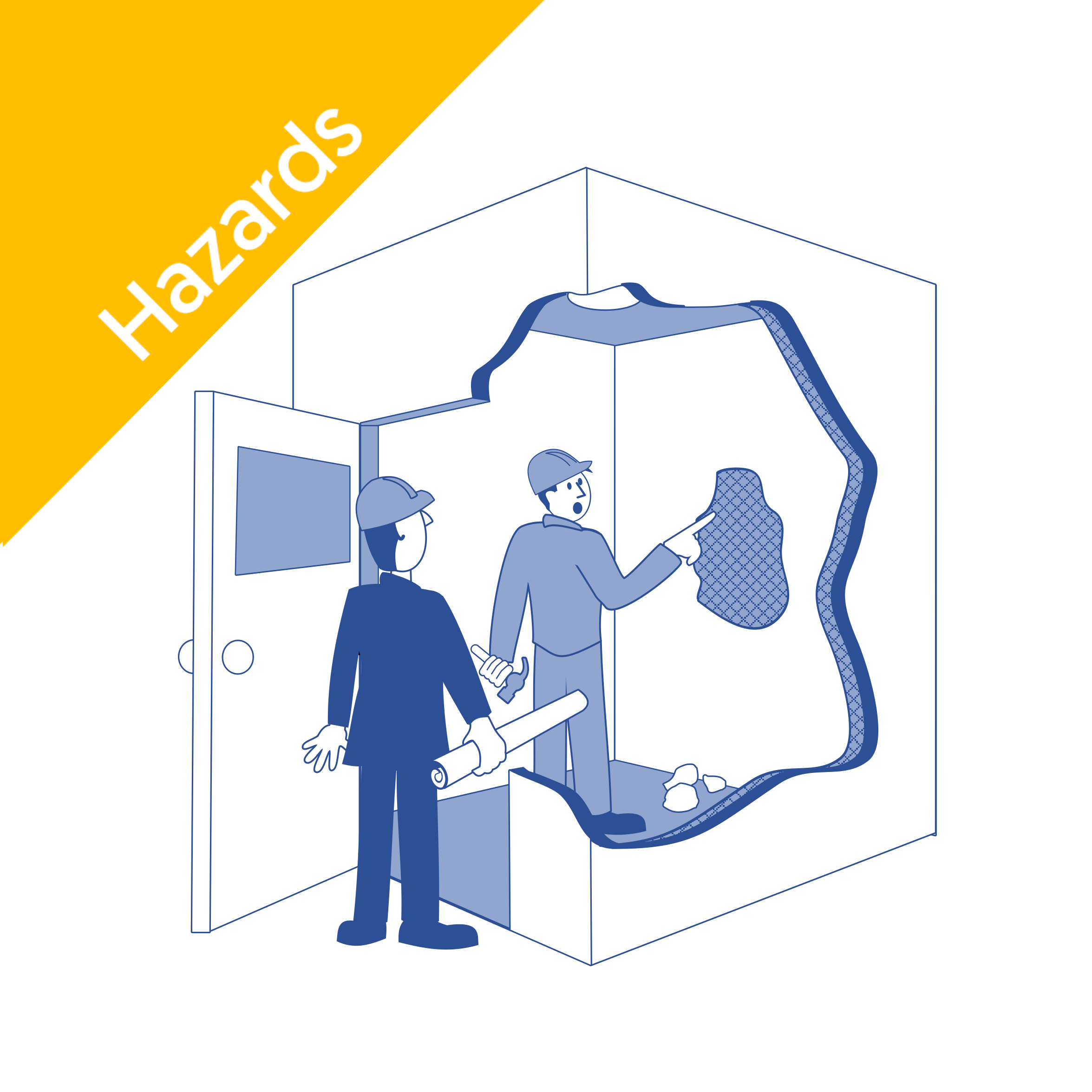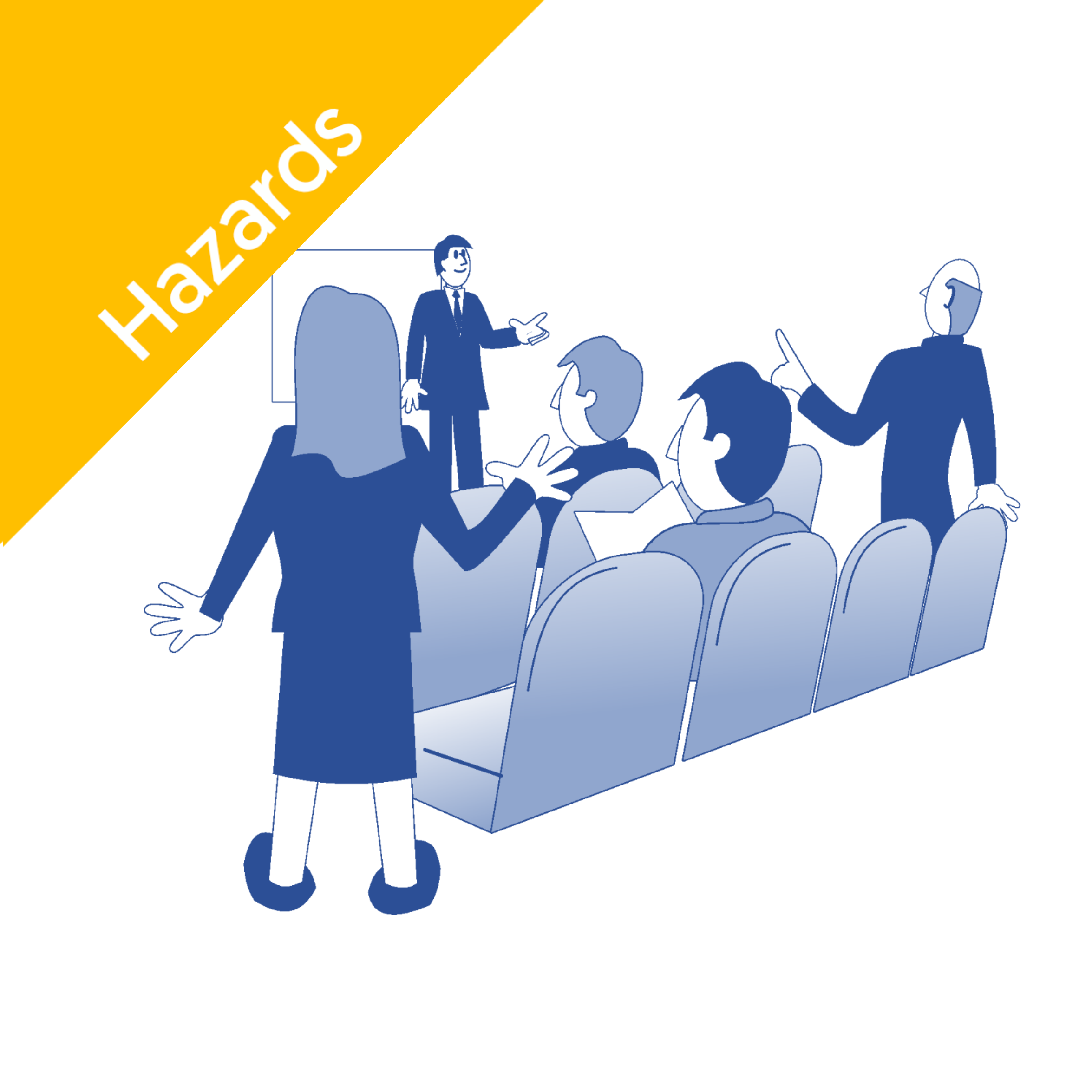HSG248 Changes to Asbestos 4-Stage Clearances
Before we look at what the revised edition says about 4-stage clearances, let's take a quick look at what the process involves.
What is a 4-Stage Clearance?
A 4-stage clearance procedure follows the removal of asbestos materials. Clearances aim to ensure the area is safe for re-occupation by members of the public.
The four stages of clearance are:
Preliminary check of site condition
The analysis must address the following questions:
- Where was the asbestos-containing material (ACM) removed from?
- Are any materials to remain in situ?
- What were the materials removed?
Thorough visual inspection inside the enclosure area
The analysis must check for the completeness of dust removal from all surfaces. It should also note the presence of any visible asbestos dust or fibres left inside the work area.
Air monitoring
The analyst conducts the asbestos air sampling once they determine no visible dust remains. They will disturb dust to simulate the re-occupation of the work area.
Final assessment post-enclosure area dismantling
This stage is a final visual check for asbestos debris after removing the enclosure from the work area. Examples include dust that may have fallen off the enclosure, sheeting, or fibres and dust that was missed during the cleaning process.
What Does the Revised HSG248 Say About 4-Stage Clearances?
HSE's Analyst Inspection Programme highlights several issues surrounding 4-stage clearances. It gives particular attention to time pressures and resources.
Many issues result from the analyst's limited involvement in the initial scoping of the work. The revision addresses this by advising allocating more time to 4-stage clearances.
Extra time should allow adequate planning and clarity in the clearing process. Additionally, this time enables analysts to devise a suitable plan of work (POW) and to conduct proper risk assessments.
Asbestos in Soil and Asbestos in Buildings – Key Differences
Another notable area covered by the guidance is the "Differences between asbestos in soils and asbestos in buildings."
ACMs in buildings are usually in the form of identifiable intact, defined products with known asbestos content. But in soil, ACMs are more likely to be in various states of degradation. ,
The decomposition of ACMs leads to asbestos fibres embedded within the soil matrix. Typically, it is unlikely for these fibres to become airborne. However, dried-out surface material may release fibres into the air when disturbed, for example, due to weather, vehicle, human or animal disturbance.
Soil Sampling and Analysis
The HSG248 revision recognises some circumstances where asbestos is in soil and on the ground. Workers can be exposed to asbestos during construction or other planned work activities in these cases. As part of the risk assessment, the Control of Asbestos Regulations 2012 (CAR) says ACMs must be found.
Surveys are only required when there are reasonable expectations that asbestos may exist. There is no blanket requirement for soil sampling. Interestingly, CAR only applies to work settings. It does not require surveys to be conducted for environmental risk assessments or public health reasons.
Soil Analysis Methods
The new guidance further explains the process for soil sampling with the aid of a flow chart:
![HSG248 Sampling Flow Chart HSG248 Sampling Flow Chart]()
And full details of the methods for soil sampling appear in Appendices 1,2 and 7.
By taking the right soil samples and analysing them, professionals can find places where asbestos is in the soil and take the right steps to get rid of it. This process helps reduce the dangers of asbestos exposure, making sure that workers and people in the area are safe.
Asbestos Air Testing
The new HSG248 guidance contains significant modifications that will influence any on-site analyst. Analysts must now estimate the clearance time. If this time estimate differs by more than 20%, they must explain why and any mitigating factors. They should also require a handover form from the removal contractor. Failure to present a handover form will result in the clearance failing.
There will be a significant increase in quality control monitoring by the analyst company on their analysts. Monitoring will include increased observed and revisit audits. Witnessed audits will be expanded from four per year to 5% of all four-stage clearances conducted yearly.
Asbestos Lab Testing
Laboratory testing is crucial to ensuring that asbestos analysis is accurate and dependable. Using rigorous testing methods, analysts can tell whether or not a sample has asbestos fibres and how many there are. Recent changes to the HSE HSG248 guidance have significantly changed lab testing practices to keep the best standards of accuracy and reliability.
Some important laboratory modifications will affect analysts as part of the new HSE HSG248 guidance. These include:
- The maximum number of samples an analyst can examine daily has been reduced, and quality control checks have become more stringent.
- Negative asbestos results are counted twice because of the time necessary to evaluate a negative sample.
- Analysts must also record more information about sample preparation and how long each sample takes to analyse.
- There is also an increasing demand for record keeping. Where applicable, these include sample matrix details, such as layers or textures.
By considering the updates from the HSE Asbestos: Analysis Guide, all analysts can ensure the safety of workers and the public.
Asbestos professionals can use the updated edition to enhance their understanding. When analysts follow the rules, workplaces are safer and better protected from the dangers of asbestos exposure.
Try our Asbestos Awareness Training Course to start your asbestos learning journey.




